Optimal Timing for Fruit Tree Pruning

Pruning in early spring encourages healthy growth and fruit production.
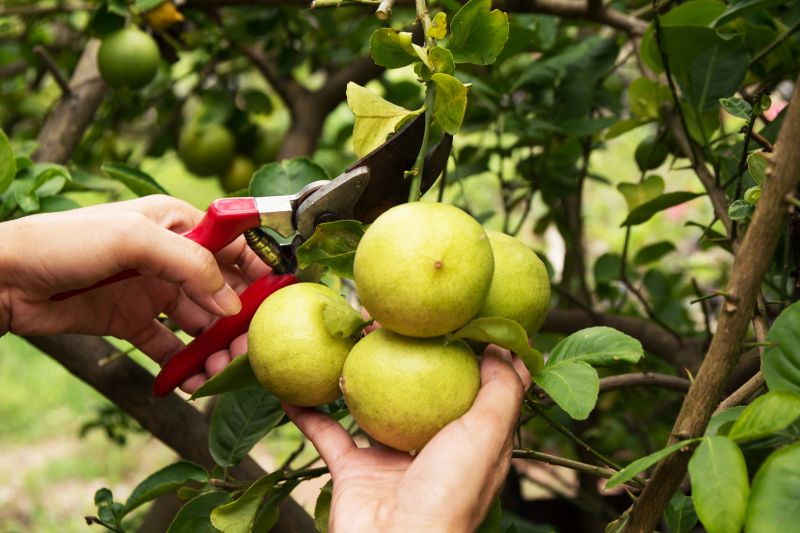
Late winter is ideal for dormant pruning, reducing disease risk.
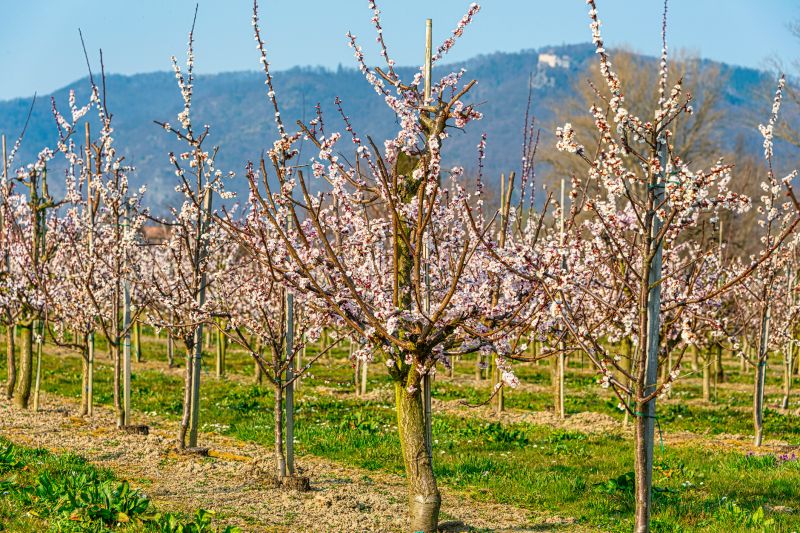
Summer pruning helps control size and improves sunlight exposure.
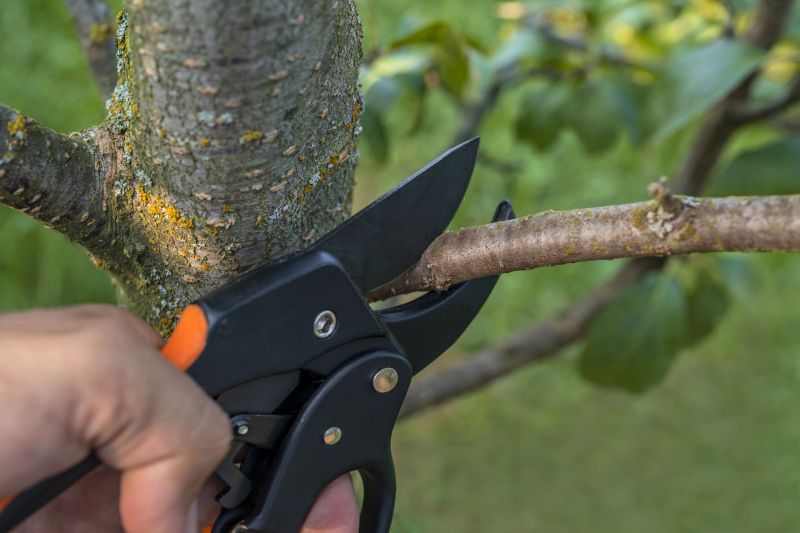
Ways to make Fruit Tree Prunings work in tight or awkward layouts.
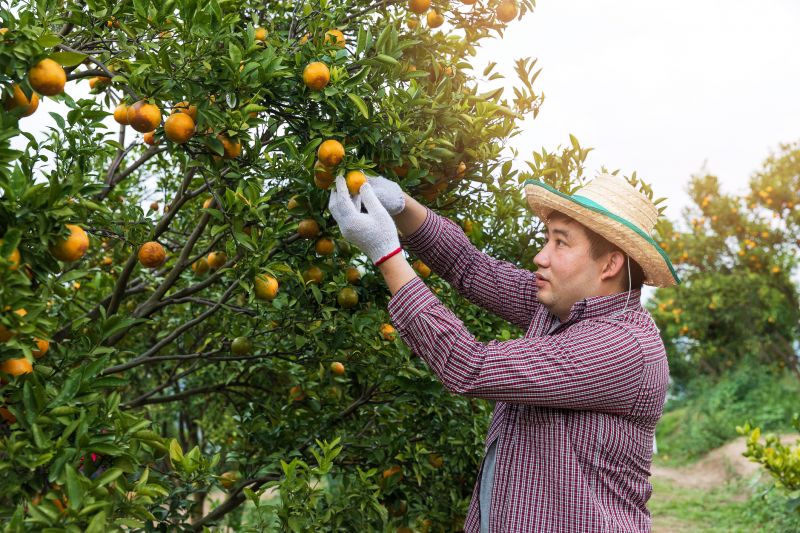
Popular materials for Fruit Tree Prunings and why they hold up over time.
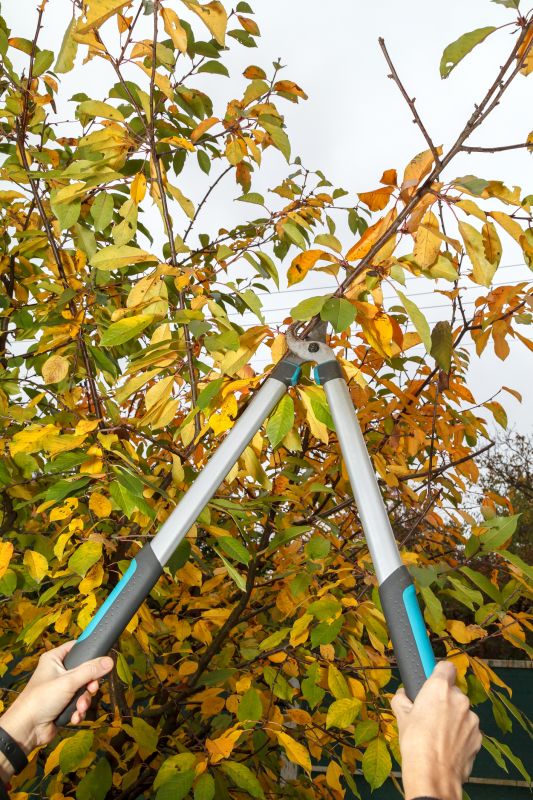
Simple add-ons that improve Fruit Tree Prunings without blowing the budget.
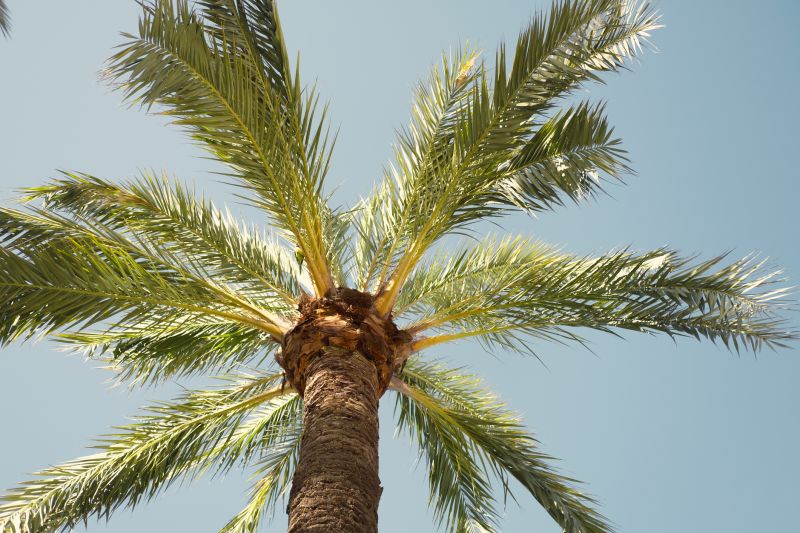
High-end options that actually feel worth it for Fruit Tree Prunings.
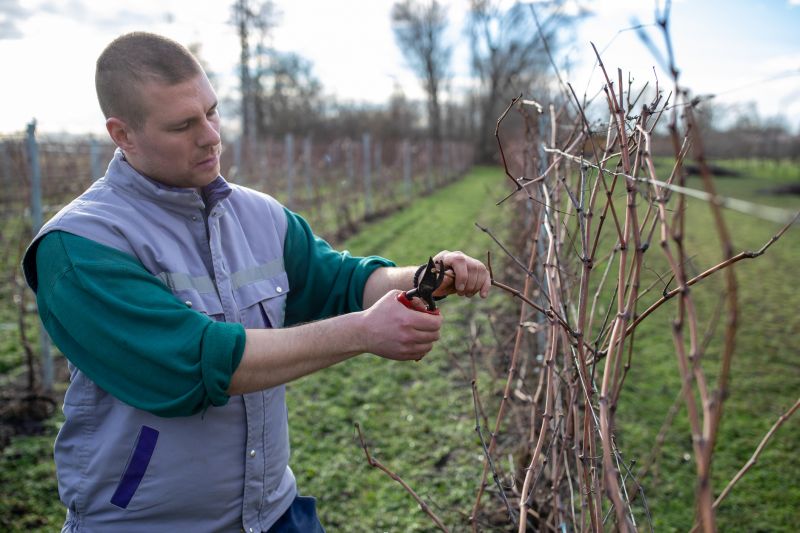
Finishes and colors that play nicely with Fruit Tree Prunings.
Fruit tree prunings are essential for maintaining tree health, controlling size, and optimizing fruit yield. Proper timing ensures that pruning promotes vigorous growth and reduces the risk of disease. Typically, pruning is performed during dormancy periods, which vary depending on the climate and fruit type.
Statistics indicate that pruning can increase fruit production by up to 50% when done correctly. Regular pruning also improves air circulation within the canopy, reducing fungal infections. Understanding the optimal timing for pruning is crucial for maximizing these benefits and ensuring the longevity of fruit trees.
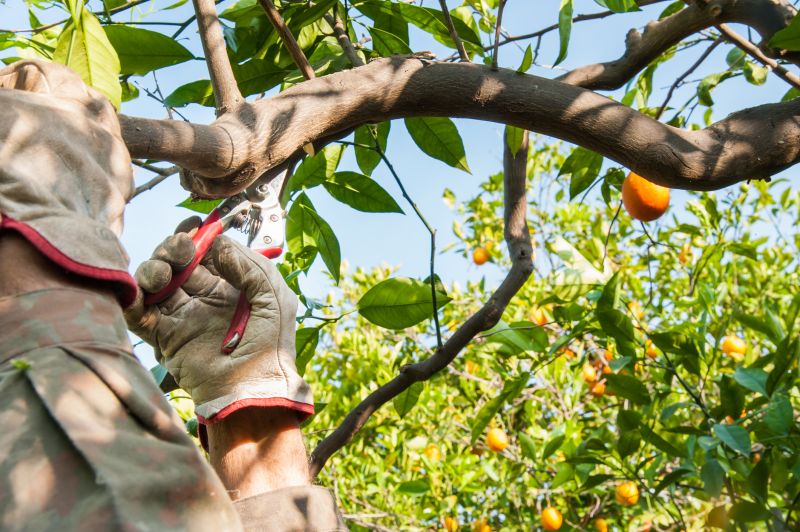
Use sharp, clean tools for precise cuts and to prevent infection.

Proper cuts remove dead or diseased wood and shape the tree.

Different fruit trees have specific pruning windows for best results.

Proper disposal of prunings prevents disease spread.
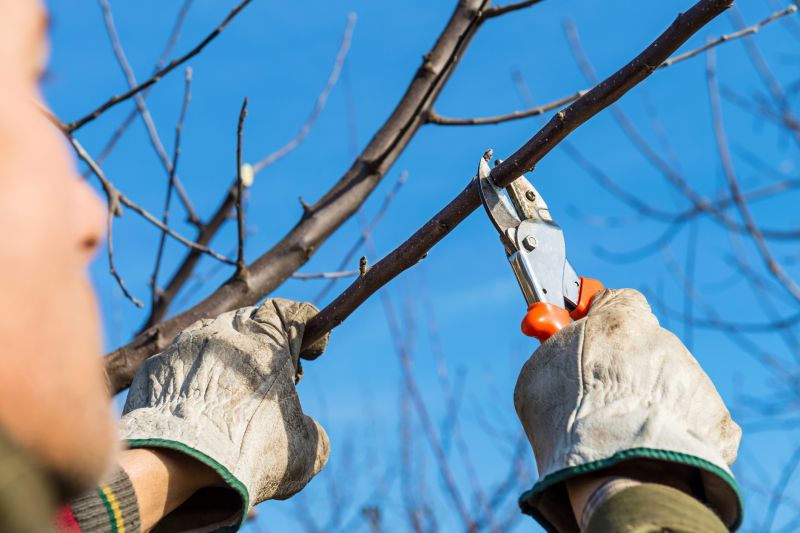
Little measurements that prevent headaches on Fruit Tree Prunings day.
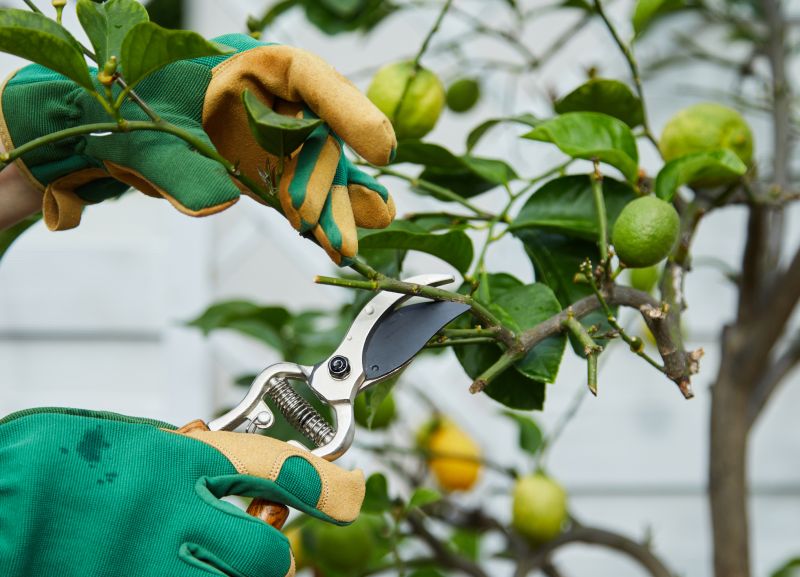
A 60-second routine that keeps Fruit Tree Prunings looking new.
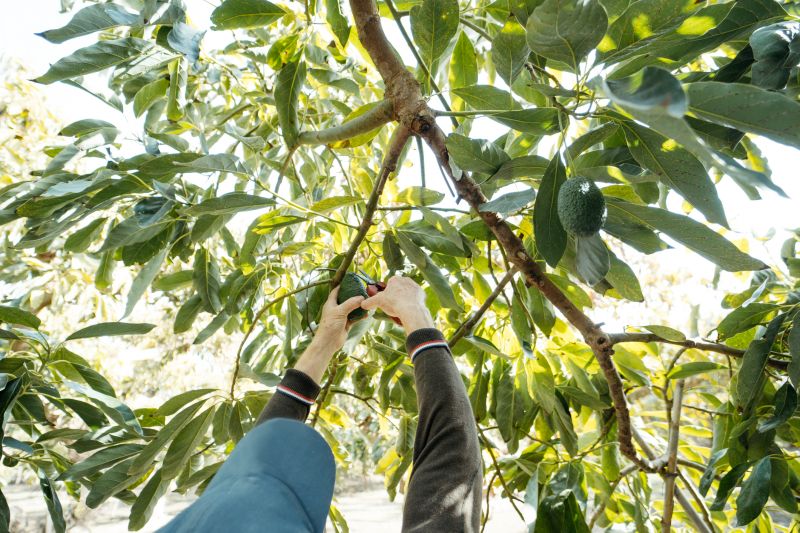
A frequent mistake in Fruit Tree Prunings and how to dodge it.
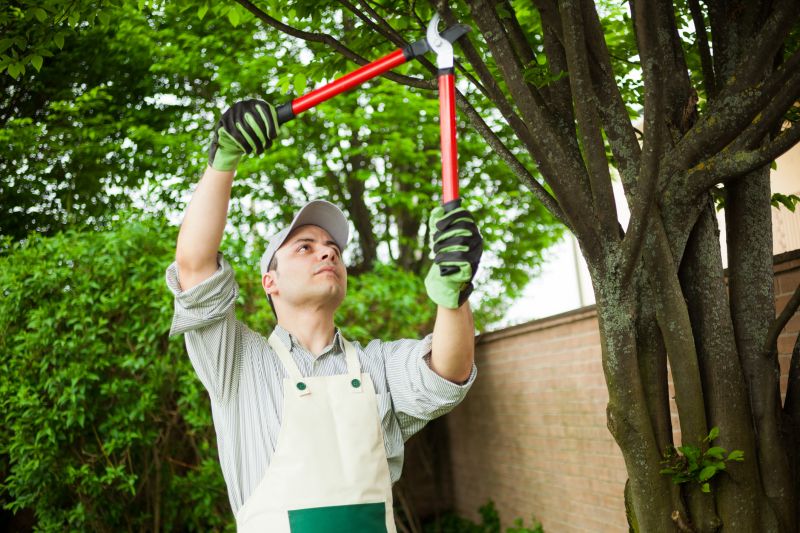
Small tweaks to make Fruit Tree Prunings safer and easier to use.
Lower-waste or water-saving choices for Fruit Tree Prunings.
The short, realistic tool list for quality Fruit Tree Prunings.
Rough timing from prep to clean-up for Fruit Tree Prunings.



